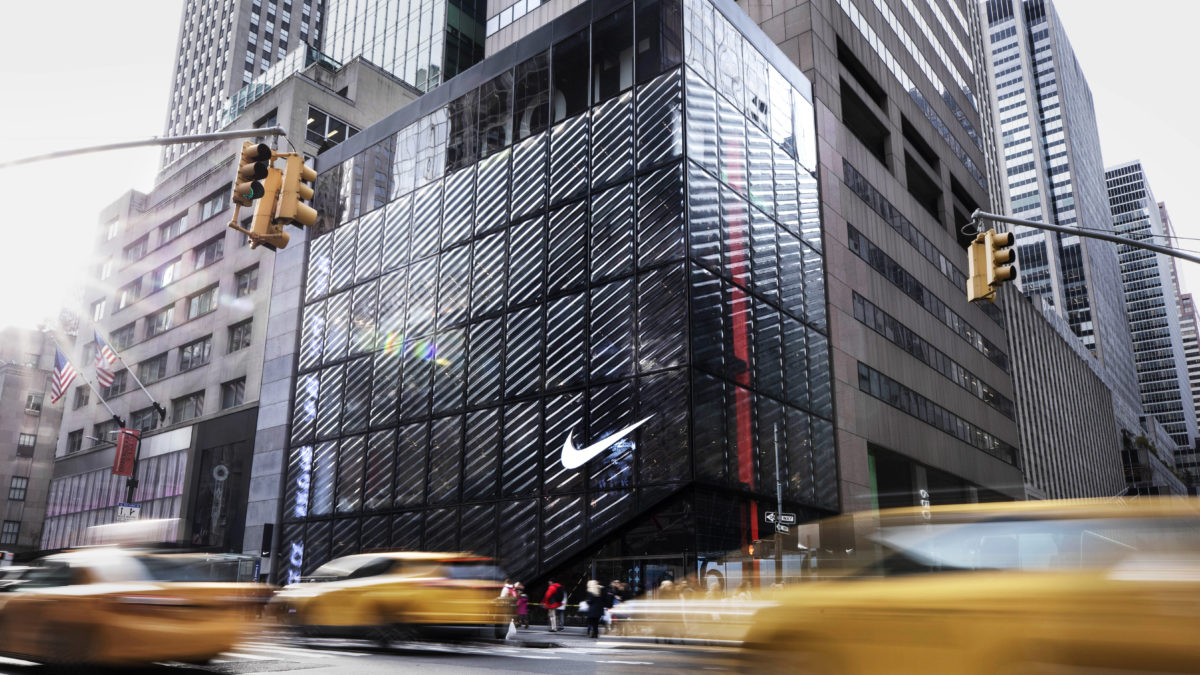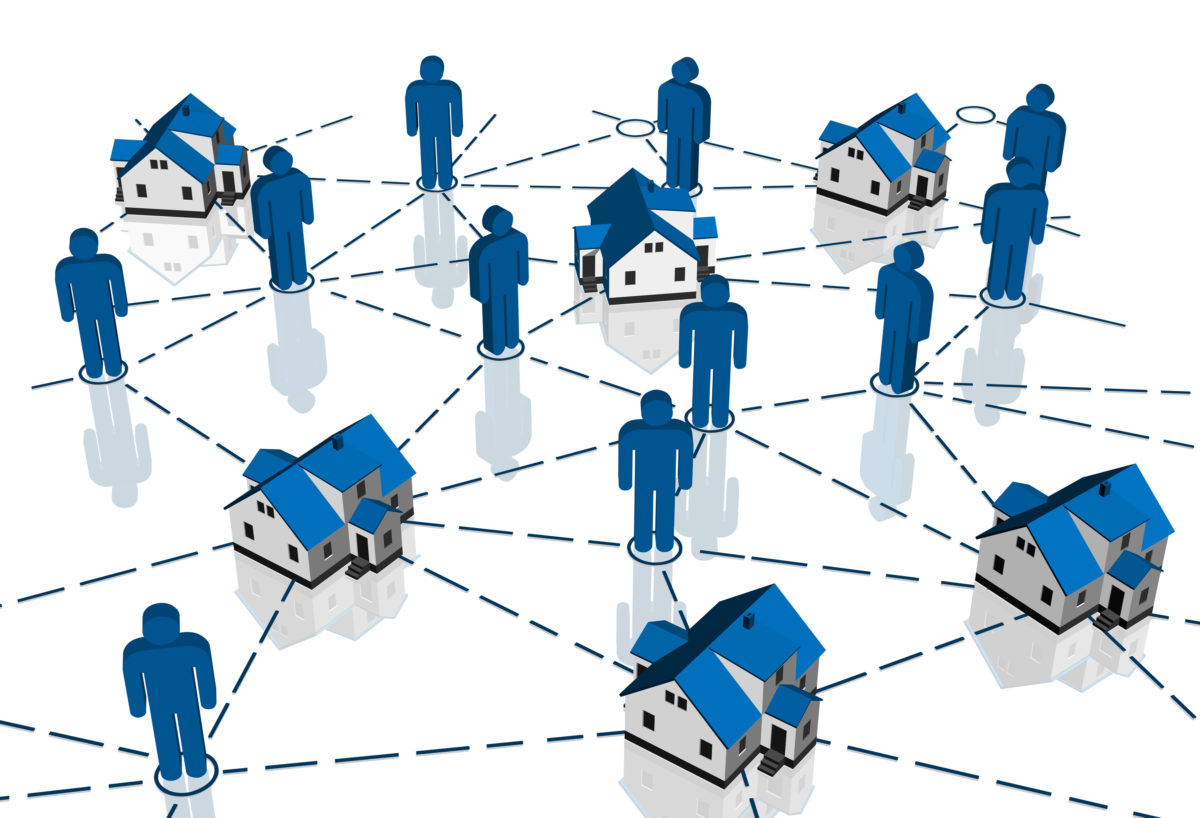A lot of talk has been around the typical stationary trade and brick-and-mortar stores losing more and more relevance in our increasingly digital lives. Not only has online retail, including giants like Amazon and Alibaba, made our day-to-day living easier and more convenient but today’s generation’s preferences are so fast-paced that it is said to be a challenge for companies to keep up and to constantly satisfy our needs.
Still, innovative store concepts are on the rise, potentially proving these thoughts wrong. How can in-store shopping still be a success, even though it is thought to be much more time consuming for all the oh-so-busy customers? The answer is: Experiential Retail.
Nike realised this and went to market quickly. In line with its young and dynamic brand appearance, it opened its House of Innovation 000. First in Shanghai, then in NYC – 68,000 square feet of real-time store evolution. Nike found that 80% of their customers still want a physical experience: to go in store, feel and see the product in live. What this basically means nowadays is flawless integration, customisation and synched profiles. Nike uses technology to build the most seamless, high-speed customer experience.
Ever went to a store to try on something you saw online that was not available in store? Reserve your Nike outfit from home via the App and try it on in the store.
Do you also often wonder what the mannequin is wearing and where to find it? ‘Shop The Look’ lets you scan a QR-code next to the mannequin, shows what it is wearing, what sizes are available and also enables you to have it sent to your fitting room.
Sick of the mainstream sneaker? Fully customise your shoe from start to finish at their ‘Customisation Lab’.
Can’t be bothered to stand in line to pay? ‘Nike Instant Checkout’ let’s you scan the products with your phone and pay online.
Looking to run a marathon? Visit the ‘Nike Expert Studio’ and get an in-depth consultation session.
Nike is attempting to convert its store to more of an offline platform (in so far possible) and so, to soften the distinction between digital and physical retail. This leads to full connection over all of its five floors which means Nike can give new visitors direct live insights into what is trending and what customers are trying on most right now. Doing so, it can still target potential customers who are rather short on time due to their busy lives and who do not come to the store with an entertainment purpose to fully exploit all its opportunities offered – which could literally cost you hours.
Will retail be able to completely integrate both digital and physical in the future? Gartner predicts that, by 2020, more than 40% of data analytics projects will relate to customer experience. Looking at companies like Farfetch, Vans, Ikea, Space Ninety 8, there is no doubt that there is a real change in retail happening – and by saying that I do not mean the retail apocalypse.
http://https://www.youtube.com/watch?v=52nLywJeMRU
Literature:
7 Case Studies That Prove Experiential Retail Is The Future
YouTube – Inside Nike’s New Futuristic Store
50 Retail Innovation Stats That Prove The Power Of Customer Experience



